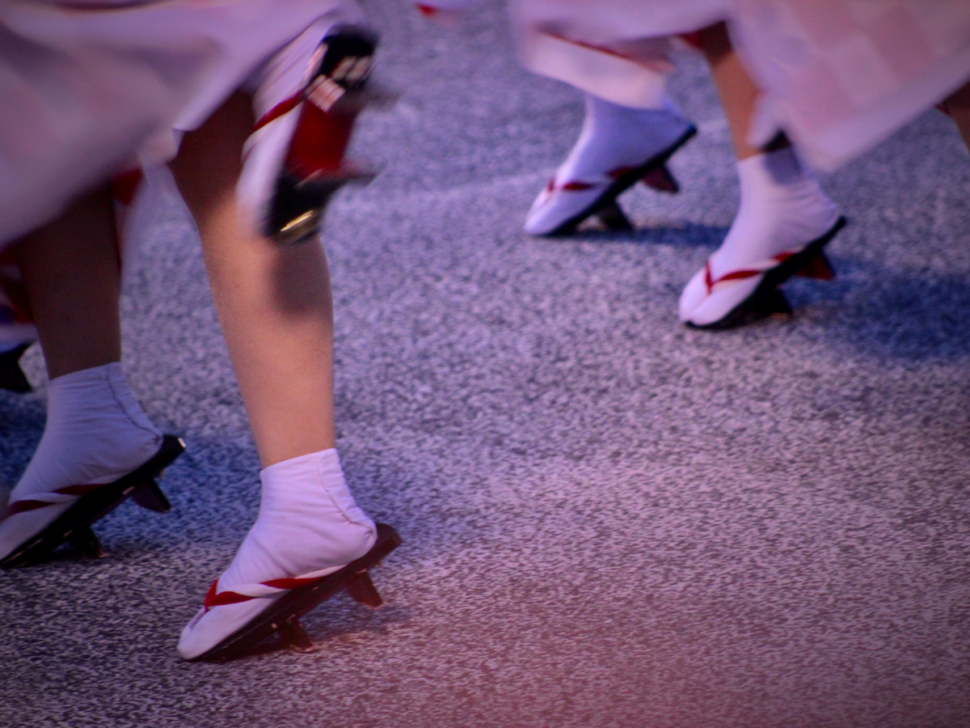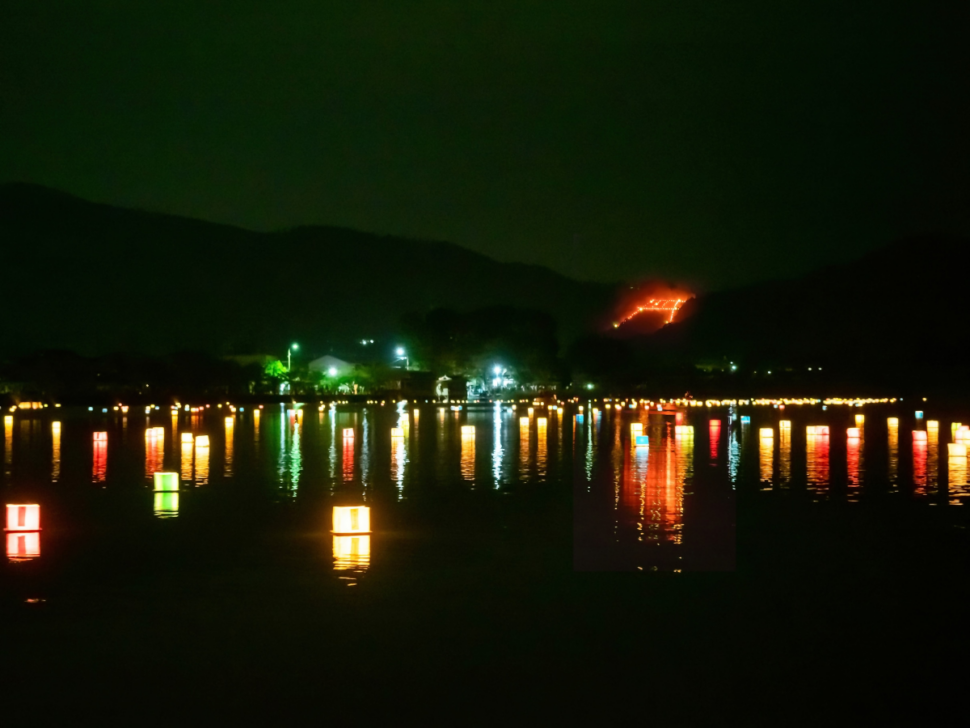Obon: One of the Biggest Celebrations in Japanese Culture
Obon (お盆, おぼん) also known as Bon (盆, ぼん), is an annual Japanese festival taking place August 13th to 15th. The festival was originally celebrated during the “7th month” of to the lunar calendar. It is still celebrated in July in some regions, but August is now the official date. It is one of Japan’s three major holidays, along with New Year’s and Golden Week, and has been celebrated for over 500 years. Many people take this week to return home and visit family. This three-day celebration honors the spirits of our ancestors.
On the first day of Obon, people go out to visit the graves of loved ones. They take time to clean up the graves and leave offerings and paper lanterns (提灯, ちょちん). Lanterns are also lit and hung outside of homes as a way to guide the spirits back to them. This tradition of calling back ancestors is known as mukae-bon (迎え盆, むかえぼん). Some people even light small fires at the entrances of their homes to help guide the spirits. These fires are known as mukae-bi (迎え火, むかえび).
In preparation of their ancestors’ arrival, some households will create shōryō uma (精霊馬, しょうりょううま). A shōryō uma, or “spirit horse,” is made from a vegetable, usually an eggplant or cucumber, and wooden sticks to form a horse or cow. These creations are then placed on the family altar. They are meant to give the ancestors’ spirits a more comfortable way to travel from the afterlife.
The second day of Obon is dedicated to bon odori (盆踊り, ぼんおどり). This traditional dance has been in Japan for over 600 years. It is performed during Obon to show appreciation for the sacrifices our ancestors have made. Each region has its own dances and music. Typically, though, taiko drums are used and dancers in matching outfits (usually yukata) dance in synchronicity. The bon odori is held locally in public spaces such as parks, temples or shrines, and is celebrated as a festival. Visitors can enjoy the show, dance on the sidelines, and eat festival food.
On the third and final day of Obon, families use lanterns to help their ancestors return to their resting places. This tradition is known as okuri-bon (送り盆, おくりぼん). It has become popular in recent years to send lanterns down a body of water. This ritual consists of lighting a candle and placing it in a floating lantern called a toro nagashi (灯籠流し, とうろうながし). The lanterns are then placed in a nearby lake or river or even the ocean and sent afloat. This is believed to help the ancestors return to where they belong, and it makes for a breathtaking sight! Another mukae-bi fire is sometimes lit to close the ceremony.
In addition to these traditions, many festivals occur during the days of Obon. Typical matsuri events occur with games, entertainment, fireworks, and lots of food! These festivals happen throughout the country and vary by region. One of the most famous of these festivals is the one held in Tokushima in the Shikoku region. It is famous for the Awa Dance Festival held on the second day, when the bon odori, known here as awa odori, is performed. Another popular festival is Daimonji (大文字, だいもんじ), officially known as Gozan no Okuribi (五山送り火, ごぜんのおくりび), in Kyoto. At the close of Obon, massive mukaebi fires are lit on the mountains outside the city. These fires are burned in the shapes of certain kanji, the most famous being 大.
Obon is a one of a kind celebration in Japan. It is a time for tradition and honoring those who have passed, but it is also a time for celebration and enjoyment. Since Obon is such a big holiday that draws large crowds, it is best to plan ahead if you will be in Japan during this time. Even so, it is entirely worth it to get to experience a beautiful and authentic Obon celebration!





